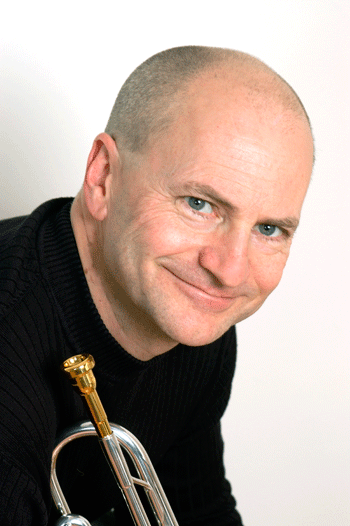Mutes insert into, are attached to, or are held in front of the bell of the horn. Though a mute may reduce the volume of the instrument, as the name implies, that is not always the case. More often, mutes are used to change the characteristics of the sound. Intonation is also affected; you may need to adjust your tuning slide when using a mute.
Straight Mute
There are many different straight mute designs made of metal, fiber or plastic; each has a unique sound. In the orchestral world, if the part simply calls for “mute,” straight is usually the choice.
Cup Mute
Cup mutes provide a softer sound than the straight mute. Some have an adjustable cup to vary the tone, but the fixed cup is the easiest to use in a section.
Harmon Mute
Harmon mutes have a removable stem. With the stem inserted, the player can produce a “wa-wa” effect. Miles Davis first popularized the sound of the mute with the stem removed. Today, when the part calls for Harmon, it is assumed that the stem is removed unless it is specifically called for. Harmon mutes have an embarrassing tendency to fall out of the horn, resulting in a sudden crescendo and dents. A bit of warm air blown into the bell enhances adhesion.
Plunger Mute
The plunger is the only mute that actually has a use outside of brass playing. There are plunger mutes specifically designed for brass players, but most people use the standard hardware store model. Colors other than red are prized.
Bucket Mute
The bucket mute clips on the bell (with difficulty) and is filled with absorbent padding. Airport customs agents are convinced that there is contraband hidden inside.
Solotone Mute
The solotone looks like one straight mute sticking out of another. This mute produces an old-fashioned sound like a megaphone.
Practice Mute
There are many different practice mutes designed for quiet practicing. Most make the horn feel quite stuffy. Yamaha’s Silent Brass utilizes electronics to mitigate the stuffiness with artificial reverberation.
Renuzit Mute
The most economical mute. Google it!
About the Author
Chase Sanborn is a jazz trumpet player based in Toronto. He is on the faculty at the University of Toronto and is the author of “Brass Tactics,” “Jazz Tactics,” “Tuning Tactics” and “Music Business Tactics.” Chase is a Yamaha Artist. Visit his website at www.chasesanborn.com.


